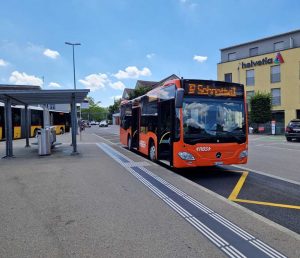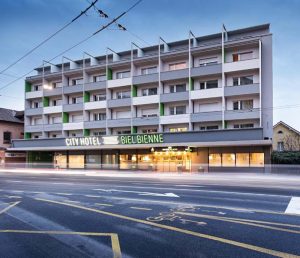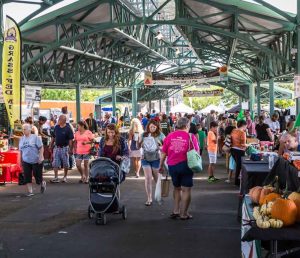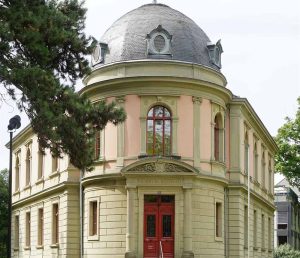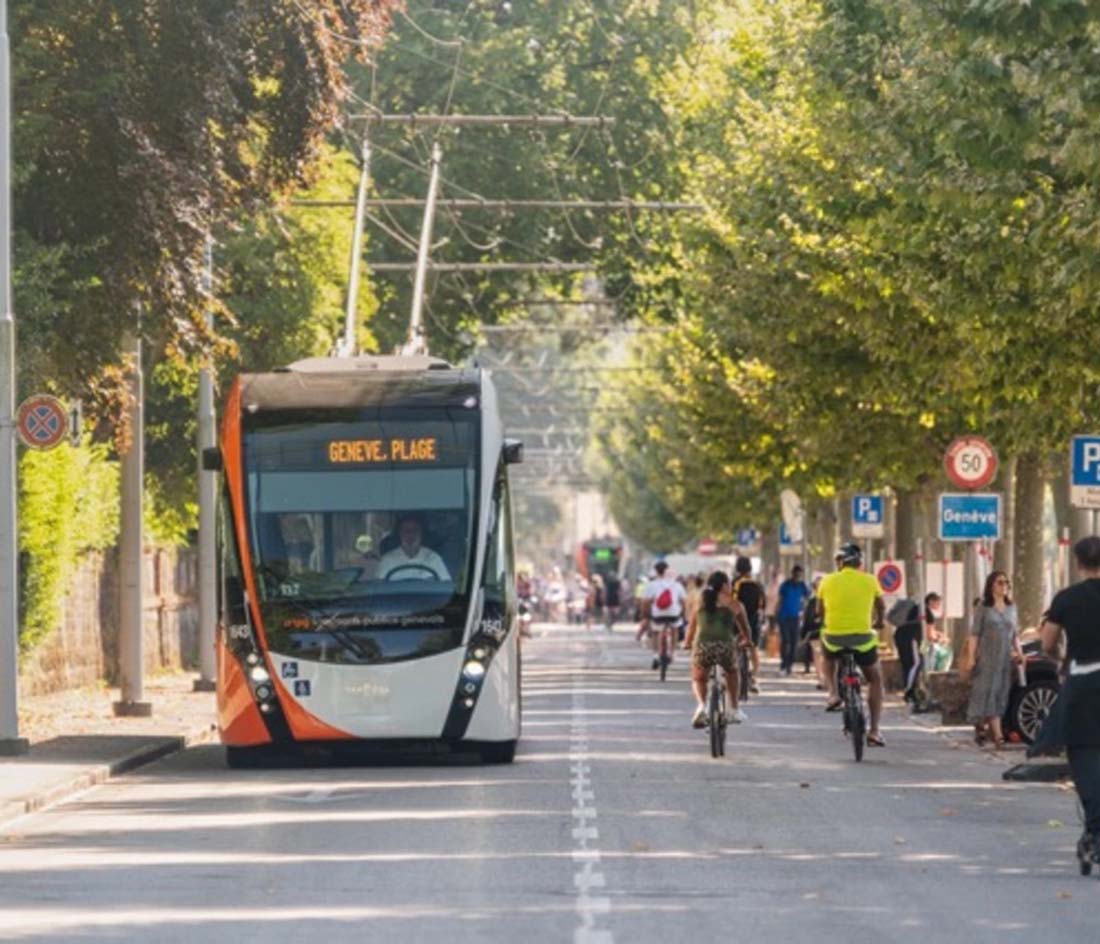
When I first arrived in Geneva, one of the things that immediately impressed me was how well-connected the city is. Public transport in Geneva is efficient, reliable, and incredibly easy to use, making it a breeze to get around the city and explore all it has to offer. As someone who values convenience and enjoys immersing myself in the local culture, I found Geneva’s public transport system to be one of the best I’ve experienced in Europe.
1. The Basics of Geneva’s Public Transport System
Geneva’s public transport system is managed by Transports Publics Genevois (TPG), which operates buses, trams, and boats across the city and surrounding areas. The system is highly integrated, meaning that a single ticket allows you to transfer between different modes of transport, making it incredibly convenient for getting from one place to another.
Tickets and Fares
When it comes to purchasing tickets, Geneva offers a variety of options to suit different needs:
- Single Tickets: These are ideal for short trips and are valid for one hour, allowing unlimited transfers within that time frame. You can purchase single tickets from ticket machines at tram and bus stops, or via the TPG app. The machines accept coins and cards, which is quite handy.
- Day Passes: If you plan on using public transport multiple times in a day, a day pass is the most economical option. These passes are valid for 24 hours from the time of validation and allow unlimited travel on all TPG services.
- Geneva Transport Card: One of the perks of staying in a hotel, hostel, or campsite in Geneva is that you receive a Geneva Transport Card for free. This card gives you unlimited access to public transport during your stay, making it incredibly easy and cost-effective to get around the city. I found this to be a fantastic benefit, as it saved me both time and money.
- Multi-Ride Tickets: If you’re staying for an extended period, you might want to consider a carnet of multiple rides, which offers a discount compared to buying individual tickets.
Zones
Geneva’s public transport system operates within a zoned fare structure. Most tourist attractions and central areas fall within Zone 10, which covers the city center and immediate surroundings. If you plan to travel beyond Zone 10, such as to the Geneva International Airport or neighboring towns, you’ll need to purchase a ticket that covers the additional zones.
Ticket Validation
When using public transport in Geneva, it’s essential to validate your ticket before boarding. This is done by inserting your ticket into one of the yellow validation machines located at tram and bus stops, or onboard the vehicle. If you’re using a day pass or Geneva Transport Card, you only need to validate it once, after which you can simply carry it with you as proof of payment.
2. Buses and Trams: The Backbone of Geneva’s Public Transport
Geneva’s buses and trams form the backbone of the city’s public transport network. They run frequently, covering virtually every part of the city, making them my go-to mode of transport during my stay.
Trams
Trams are particularly convenient for getting around the city center and are a great way to see Geneva’s sights as you travel. The tram network consists of several lines, each identified by a number and color code, making it easy to navigate even if you’re new to the city. Some of the key tram lines include:
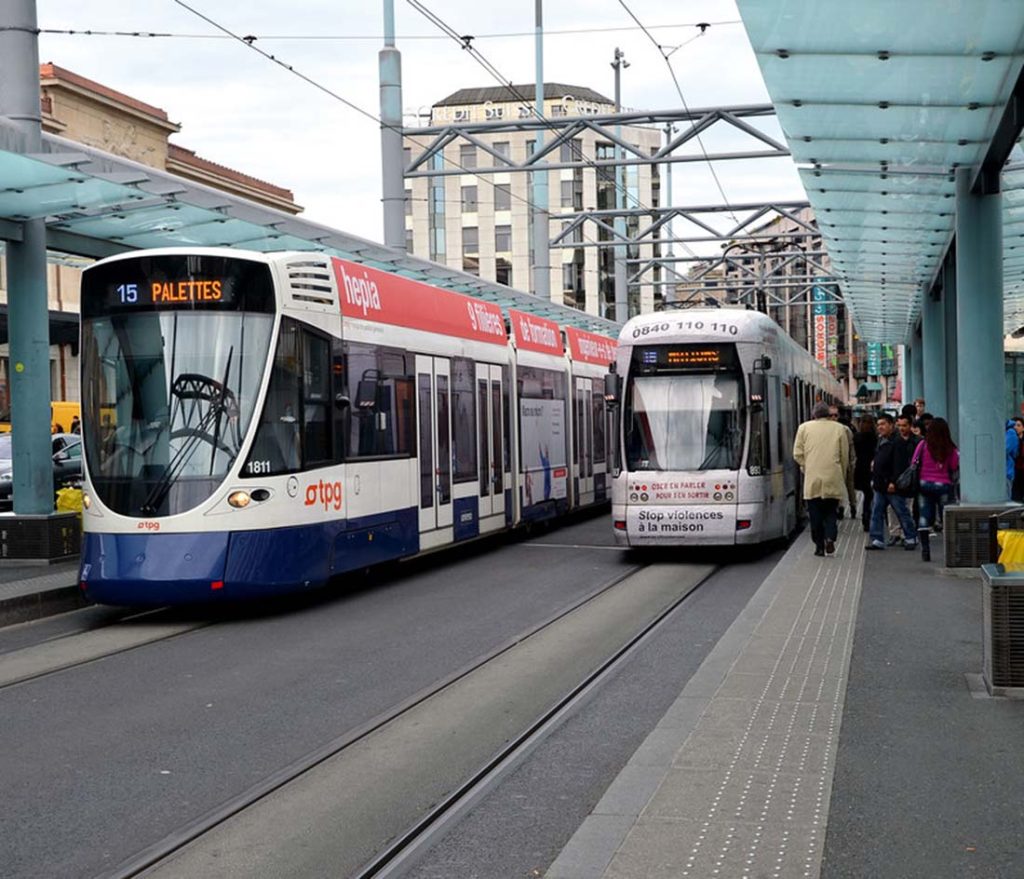
- Tram Line 12: This line runs from the suburb of Moillesulaz to the village of Meyrin, passing through the heart of Geneva. It’s a great line to use if you want to visit the old town, the Plainpalais flea market, or the Pâquis neighborhood.
- Tram Line 14: This line connects the Nations district, where many international organizations are based, with the western suburbs. It’s a useful line for visiting the United Nations Office at Geneva or the International Red Cross and Red Crescent Museum.
- Tram Line 15: Running from Palettes in the south to Nations in the north, this line provides easy access to many of Geneva’s top attractions, including the Jet d’Eau and the Botanical Gardens.
I found the trams to be clean, modern, and efficient, with most services running every few minutes during peak times. The trams are also very punctual, which is something I appreciated when trying to stick to a schedule.
Buses
Geneva’s bus network complements the tram system by serving areas that aren’t directly accessible by tram. The buses cover both the city center and outlying suburbs, as well as connecting to neighboring towns in France.
- Key Bus Routes: Some of the most useful bus routes for visitors include Bus 5, which connects the city center with the airport, and Bus 8, which travels from the World Trade Organization to the center of town and then onward to Veyrier, at the foot of the Salève mountain.
- Night Buses: Geneva also offers a night bus service, known as Noctambus, which operates on Friday and Saturday nights. This service is perfect for those who want to experience Geneva’s nightlife without worrying about how to get back to their accommodation.
One of the things I appreciated about Geneva’s buses was how easy it was to plan my journeys. The TPG app and website provide real-time updates on bus arrivals and departures, which made it simple to avoid long waits and find the quickest routes.
3. Trains: Connecting Geneva with the Region
While Geneva’s trams and buses are excellent for getting around the city, the train network is ideal for exploring the wider region. Geneva’s main train station, Gare Cornavin, is centrally located and serves as a hub for both local and international train services.
Local Trains
If you’re planning to explore nearby towns or need to reach the airport, Geneva’s local trains are the way to go. The Léman Express, for example, is a regional train service that connects Geneva with the surrounding areas in Switzerland and France. This service is especially useful if you’re staying outside the city center or want to take a day trip to places like Nyon or Evian-les-Bains.
During my stay, I took the train to Nyon, a charming town on the shores of Lake Geneva. The journey was quick and comfortable, with stunning views of the lake and mountains along the way. Trains are frequent, and the experience was seamless, from buying the ticket to reaching my destination.
International Trains
Geneva is also well-connected to major cities in Europe by train. The TGV Lyria service, for example, offers direct trains to Paris, while other international routes connect Geneva to cities like Milan and Zurich. If you have time, I highly recommend considering a train trip to one of these cities as part of your Swiss adventure.
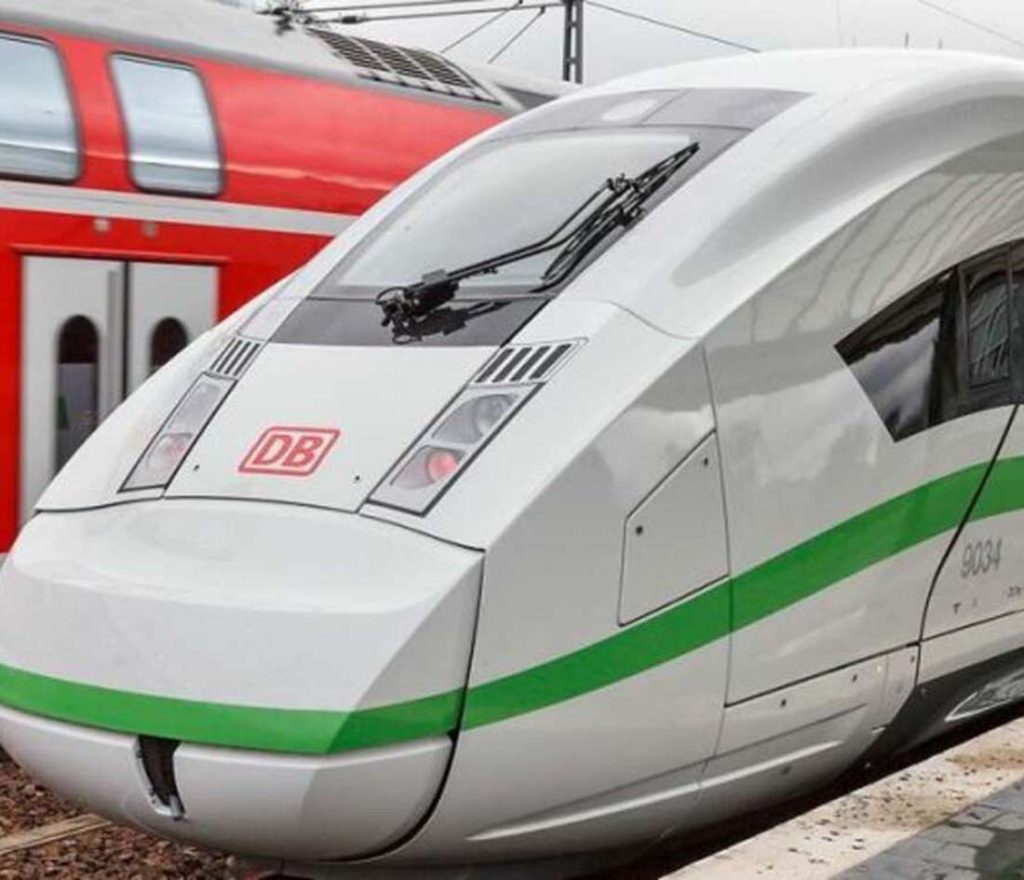
The trains are modern and equipped with all the amenities you need for a comfortable journey, including Wi-Fi, power outlets, and dining cars. Plus, traveling by train is an eco-friendly option that allows you to see more of the stunning Swiss countryside.
4. Boats: A Unique Way to Travel
One of the most unique aspects of getting around Geneva is the Mouettes Genevoises, a fleet of small yellow boats that shuttle passengers across Lake Geneva. These boats are not just a mode of transport but also a scenic way to see the city from the water.
Routes and Tips
There are four main Mouettes lines, each offering a different route across the lake:
- M1: From Pâquis to Molard (city center)
- M2: From Pâquis to Parc Mon Repos
- M3: From Molard to Perle du Lac
- M4: From Pâquis to Port Noir (near the Botanical Gardens)
I took the M1 line from Pâquis to the city center, and the short ride was both convenient and enjoyable. The views of the Jet d’Eau, the Alps in the distance, and the beautiful lakeside buildings were a highlight of my trip. These boats are included in the public transport ticket, so you can hop on and off as you please.
The boats run frequently throughout the day, and the journey time is typically less than 10 minutes. If you’re visiting Geneva during the warmer months, I highly recommend taking a ride on one of these boats. It’s a fun and relaxing way to get around, and it offers a different perspective on the city.
5. Cycling: An Eco-Friendly Alternative
Geneva is a bike-friendly city, and cycling is a great way to explore at your own pace. The city has dedicated bike lanes and paths, making it safe and easy to get around on two wheels.
Bike Rentals
There are several options for renting a bike in Geneva. The most convenient is probably the city’s bike-sharing system, Genève Roule, which offers free bike rentals for up to four hours. You can find Genève Roule stations at various points around the city, including near Gare Cornavin and the Plainpalais neighborhood.
For longer rentals, there are several bike shops that offer daily or weekly rates. I rented a bike from a shop near the lake and found the process to be straightforward and affordable. The staff were helpful and provided me with a map of the best cycling routes in the city.
Cycling Routes
One of my favorite routes was along the lakeside, from Jardin Anglais to Parc de La Grange. The path was flat and well-maintained, with plenty of spots to stop and
enjoy the view. If you’re feeling more adventurous, you can cycle to the United Nations building or even further to the Jura Mountains for a more challenging ride.
Cycling in Geneva is a great way to see more of the city, and it’s also a healthy and environmentally friendly option. Whether you’re a seasoned cyclist or just looking for a leisurely ride, Geneva has something to offer.
6. Taxis and Ride-Sharing
While public transport is excellent in Geneva, there may be times when you prefer the convenience of a taxi or ride-sharing service. Taxis are widely available throughout the city, and you can easily hail one on the street or find them at designated taxi ranks.
Taxis
Geneva’s taxis are metered, and fares are regulated by the city, so you can expect consistent pricing. However, taxis can be expensive compared to public transport, so I generally used them only when necessary, such as when traveling with heavy luggage or late at night.
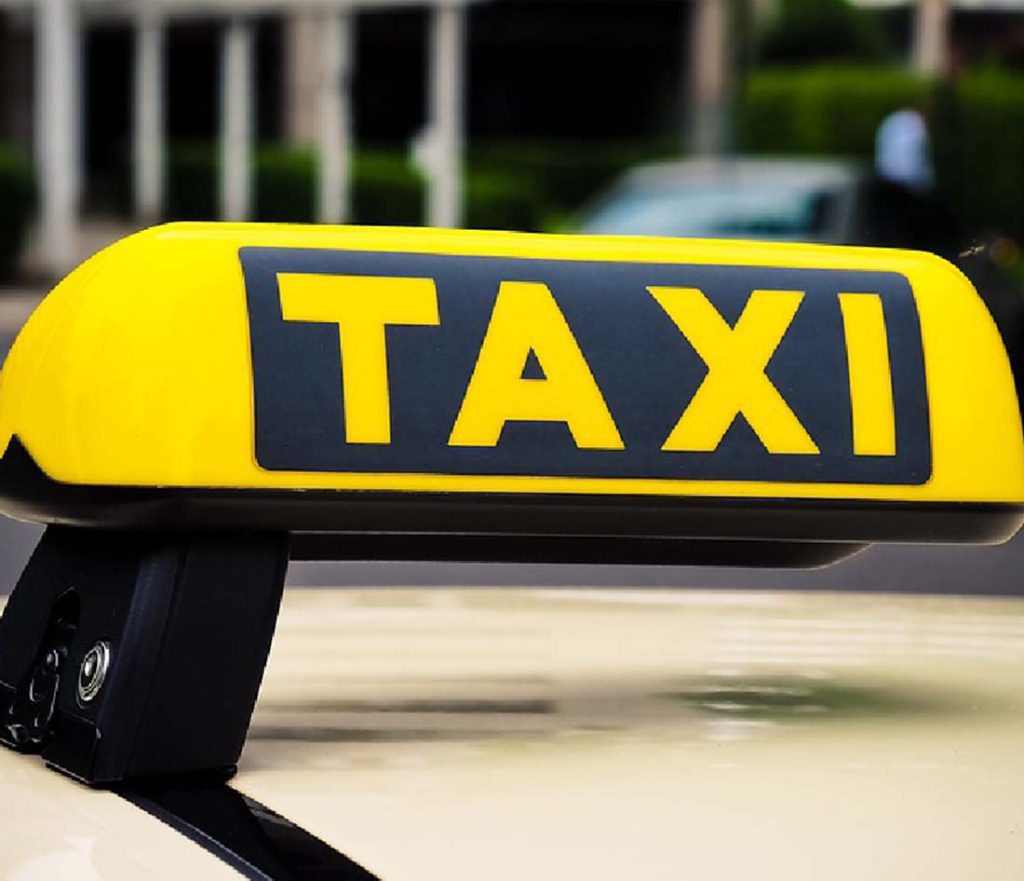
Ride-Sharing
Ride-sharing services like Uber are also available in Geneva, and they offer a more affordable alternative to traditional taxis. I found Uber to be particularly useful when I needed a quick and convenient way to get somewhere, especially during off-peak hours when public transport services are less frequent.
7. Walking: The Best Way to Discover Geneva
Finally, one of the best ways to get around Geneva is on foot. The city is relatively compact, and many of the main attractions are within walking distance of each other. Walking allowed me to explore Geneva at a leisurely pace, taking in the sights, sounds, and atmosphere of the city.
Key Walking Areas
- Old Town (Vieille Ville): Geneva’s historic Old Town is a must-visit, and the best way to explore it is on foot. Wander through the narrow, cobblestone streets, visit St. Peter’s Cathedral, and enjoy the charming cafes and shops.
- Lake Geneva: A stroll along the shores of Lake Geneva is one of the most pleasant ways to spend an afternoon. The promenade offers stunning views of the water, the Jet d’Eau, and the surrounding mountains.
- Carouge: The neighborhood of Carouge, just a short walk from the city center, is known for its bohemian vibe and Mediterranean-inspired architecture. It’s a great place to explore on foot, with plenty of boutiques, galleries, and cafes to discover.
Walking not only gave me a deeper appreciation for Geneva’s beauty and history, but it also allowed me to stumble upon hidden gems that I might have missed if I had been using other forms of transport.
Getting around Geneva is a delightful experience, thanks to its efficient and well-integrated public transport system. Whether you’re taking a tram through the city center, hopping on a boat across Lake Geneva, or exploring the surrounding region by train, there are plenty of options to suit your travel needs. And with the added convenience of the Geneva Transport Card, you can explore the city with ease and confidence.
